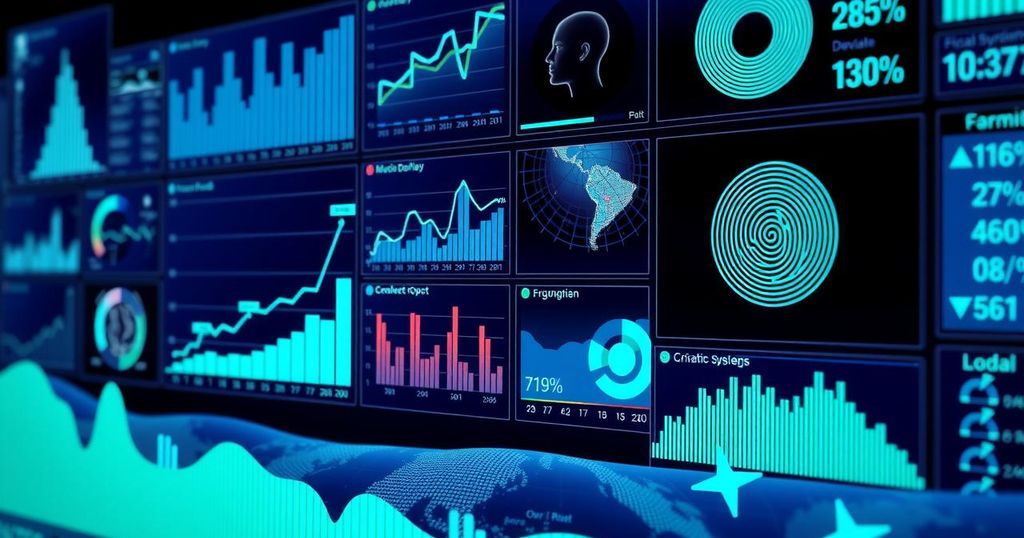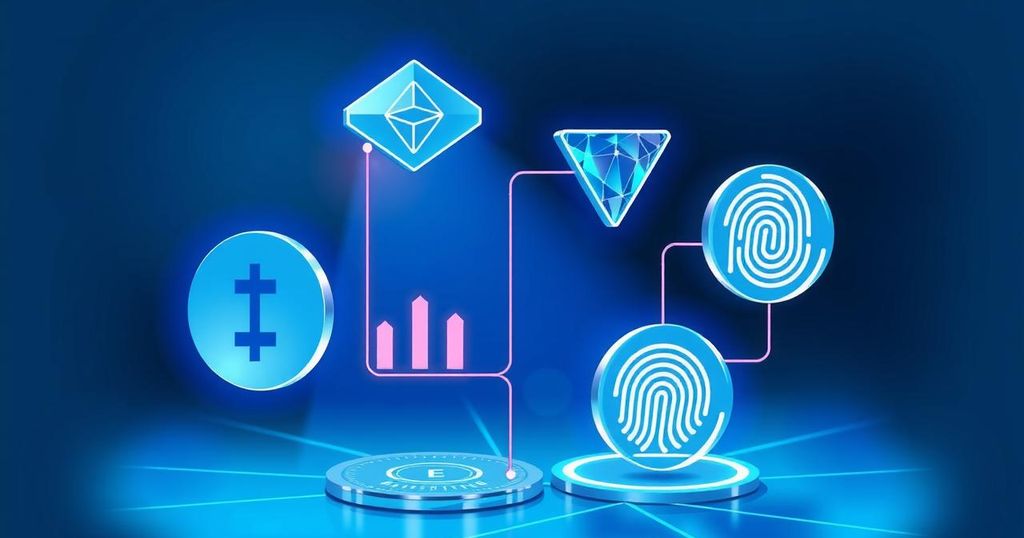World Biometrics Day sheds light on the technological advancements in biometrics, showcasing its superiority over passwords for personal identification. Biometric technologies, especially facial recognition, are being integrated globally to enhance security and efficiency. With a movement towards universal identification by 2030, biometrics is set to redefine personal security while balancing innovation and privacy concerns.
World Biometrics Day highlights the growing adoption and significance of biometric technologies in our daily lives. Biometrics, unlike traditional passwords, leverages unique physical traits such as fingerprints, facial features, or iris patterns that offer enhanced security and convenience. Over 90% of users view biometrics as a more secure alternative, revealing an increasing readiness to transition away from password-based authentication. Notably, the technology provides a universal identity language that is free from cultural and geographical limitations. For instance, it is estimated that 245 million individuals in the U.S. utilize biometric tools on their smartphones, particularly favoring fingerprint scanning. A global survey indicated that 84% of consumers now incorporate biometric authentication methods into their routines. In alignment with the UN’s initiatives to ensure effective identification for every individual by 2030, biometrics plays a crucial role in facilitating secure identity management—a necessity in our evolving technological landscape. With elements like fingerprint, iris, voice, and facial recognition, biometrics offers unparalleled security that cannot be easily replicated or hacked. Facial recognition technology is one of the most advanced applications that allows instant recognition of individuals nearly without error. For example, this technology boasts a 99.9% accuracy rate and is operational in real-world settings such as the 2024 Brazilian Carnival, where it effectively managed security amid large crowds. Additionally, facial recognition has practical implications in various industries, particularly for security and access control. It enhances public safety through real-time identifications, manages attendance automatically, and minimizes fraud in sectors like banking. As this technology continues to be integrated globally, it connects an estimated 8.2 billion people through biometric systems by 2037, showcasing considerable potential for efficiency and security. However, as biometrics becomes increasingly integrated into our lives, striking a balance between innovation and personal privacy is critical. Ensuring data protection and transparent usage policies can foster user confidence in biometric technologies, ultimately leading to a safer environment. In conclusion, the development of biometric technology signifies a shift from outdated identification methods towards a future where security is inherently tied to our unique bodily traits. This transition not only enhances personal data protection but also maintains a sense of identity within the ever-connected world we inhabit. As reflected in current trends, transitioning to biometrics will enhance both operational efficiency and personal security, paving the way for a more secure future.
The topic of biometric technology encompasses the recognition and identification of individuals based on unique personal traits. This includes various modalities like fingerprints, facial recognition, iris scans, and voice patterns. Biometric systems aim to replace or complement traditional authentication methods like passwords and PINs, which are increasingly deemed insecure in light of growing cyber threats. The global push for enhanced identification systems is reflected in initiatives by the United Nations, advocating for universal identification by 2030, particularly in developing nations. Biometric technology stands at the forefront of this initiative, driven by its inherent advantages of uniqueness and difficulty of replication, making it a favorable security measure in various sectors.
Biometrics is revolutionizing how we perceive and manage personal security and identity verification. As a technology emergent from our inherent physical traits, it vastly improves upon traditional methods hindered by vulnerabilities and user errors. As we adopt biometrics more extensively, particularly facial recognition technology, we can expect increased efficiency in access control and a fortified stance against identity fraud. However, the core of advancing this technology lies in ensuring users feel secure and well-informed about data privacy. The future of security may very well depend on our collective ability to trust these systems built on our own unique identities.
Original Source: identityweek.net





